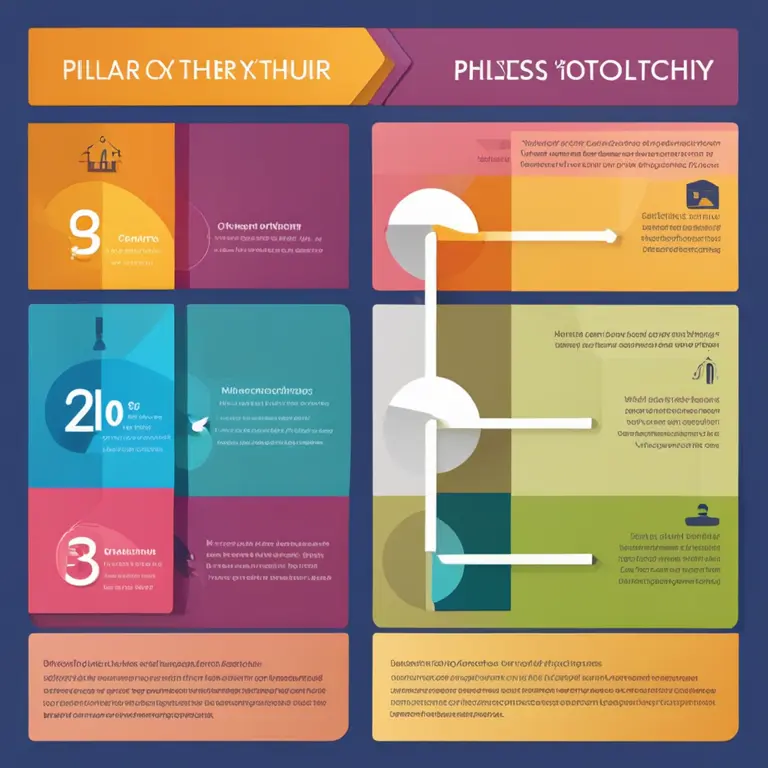
The Essence of Biorhythms: Patterns of Life's Ebb and Flow
Delve into the concept of biorhythms and how they are believed to influence our physical, emotional, and intellectual cycles.
article by Adrian Wallace
Introducing Biorhythms: Life's Invisible Rhythms
In the quest to understand our personal well-being and optimize our daily lives, the concept of biorhythms presents a fascinating dimension. Originating from the Greek words 'bios' (life) and 'rhythmos' (regularly occurring movement or pattern), biorhythms are supposed to be invisible energy cycles within the human body that influence our physical, emotional, and intellectual faculties. According to the theory, by tracking these rhythms, one can anticipate and better prepare for various aspects of their daily life.

Three Pillars of Biorhythm Theory
Biorhythms are traditionally segmented into three distinct cycles: the Physical (23-day cycle), the Emotional (28-day cycle), and the Intellectual (33-day cycle). Each cycle is considered to originate at birth and waxes and wanes between positive and negative phases throughout one's life. Advocates of biorhythms suggest that by understanding the interplay of these cycles, individuals can make informed choices to enhance performance, relationships, and personal growth.

Modern Interpretations and Technology
With advances in technology and the proliferation of personalized health tracking, the study of biorhythms has adapted with the times. Modern applications and online platforms now offer sophisticated algorithms that calculate individual biorhythms using date of birth as a core input. This renewed interest is a testament to the enduring allure of ancient wisdom melding with contemporary tools to provide personalized insight.

Critical Perspectives and Clinical Research
Despite its allure, biorhythms have had their fair share of skeptics. The scientific community continues to debate the empirical evidence supporting the theory, often labeling it as pseudoscience due to a lack of rigorous scientific research substantiating its claims. Nonetheless, interest in biorhythms persists, illustrating a broader human inclination to seek patterns and meaning in life's natural fluctuations.

Practical Applications in Daily Life
Many enthusiasts claim to have experienced benefits by aligning their activities with their biorhythm charts. For instance, embracing strenuous physical activities or making significant decisions during respective positive cycles may potentially yield better outcomes. Conversely, awareness of an adverse phase encourages caution and allows for expectations to be managed more realistically.
Navigating Biorhythms Responsibly
While biorhythms offer an intriguing lens through which to view our lives, it is crucial to approach them with a balanced perspective. They are not destiny, but rather a theoretical tool for self-awareness. As with any belief system or wellness practice, they should complement, not dictate, choices – respecting the multifaceted nature of human existence and the myriad factors that influence our daily being.
Published: 1/30/2024
Modified: 1/30/2024
More predictions
Come back here soon to learn more about yourself and your future


Between Biorhythm & Compatibility: Sync Your Cycles
Discover how biorhythm compatibility can impact relationships and find harmony by syncing your physical, emotional, and intellectual cycles.


The Rhythms Within: An Insight into Biorhythms
Discover the science and philosophy behind biorhythms, the cyclical patterns our bodies follow, in connection with our physical, emotional, and intellectual states.


The Rhythms Within Science: A Guide to Biorhythms
Delve into the science of biorhythms to grasp how the physiological cycles influence our lives. This guide breaks down the complexity of biorhythmic patterns.